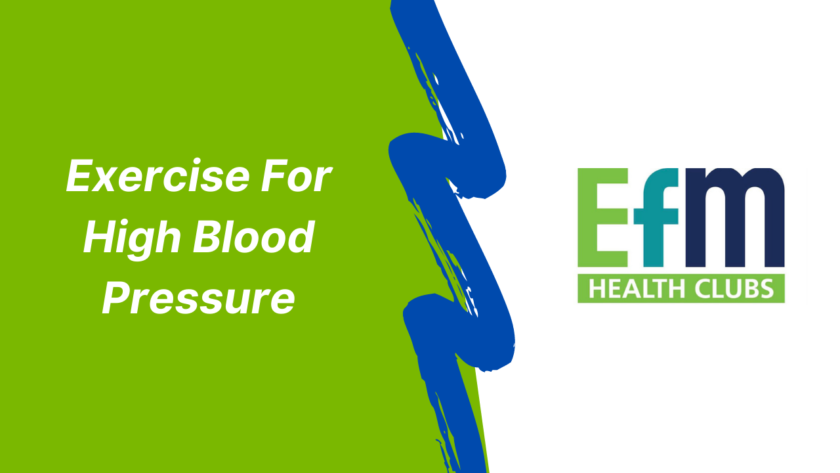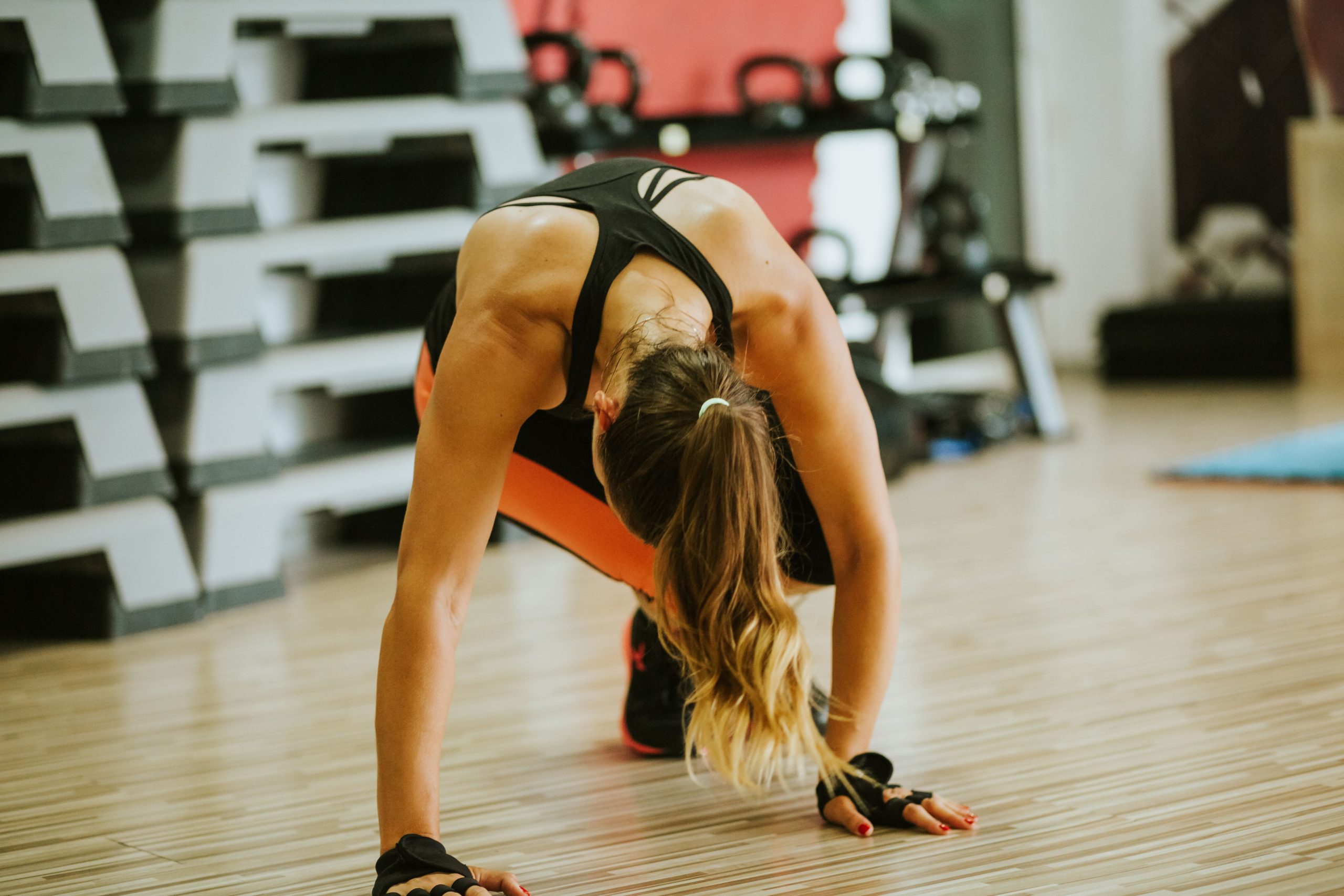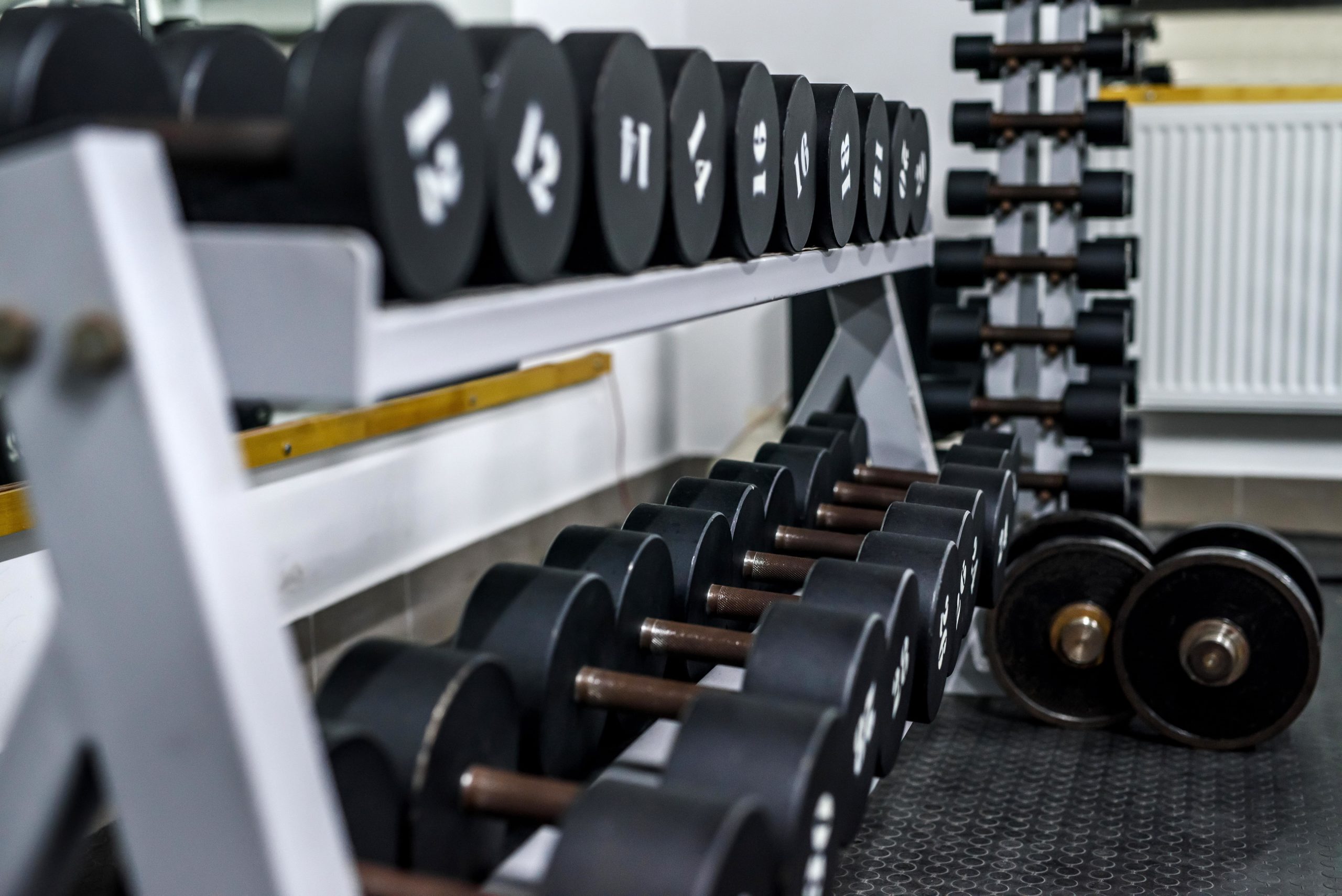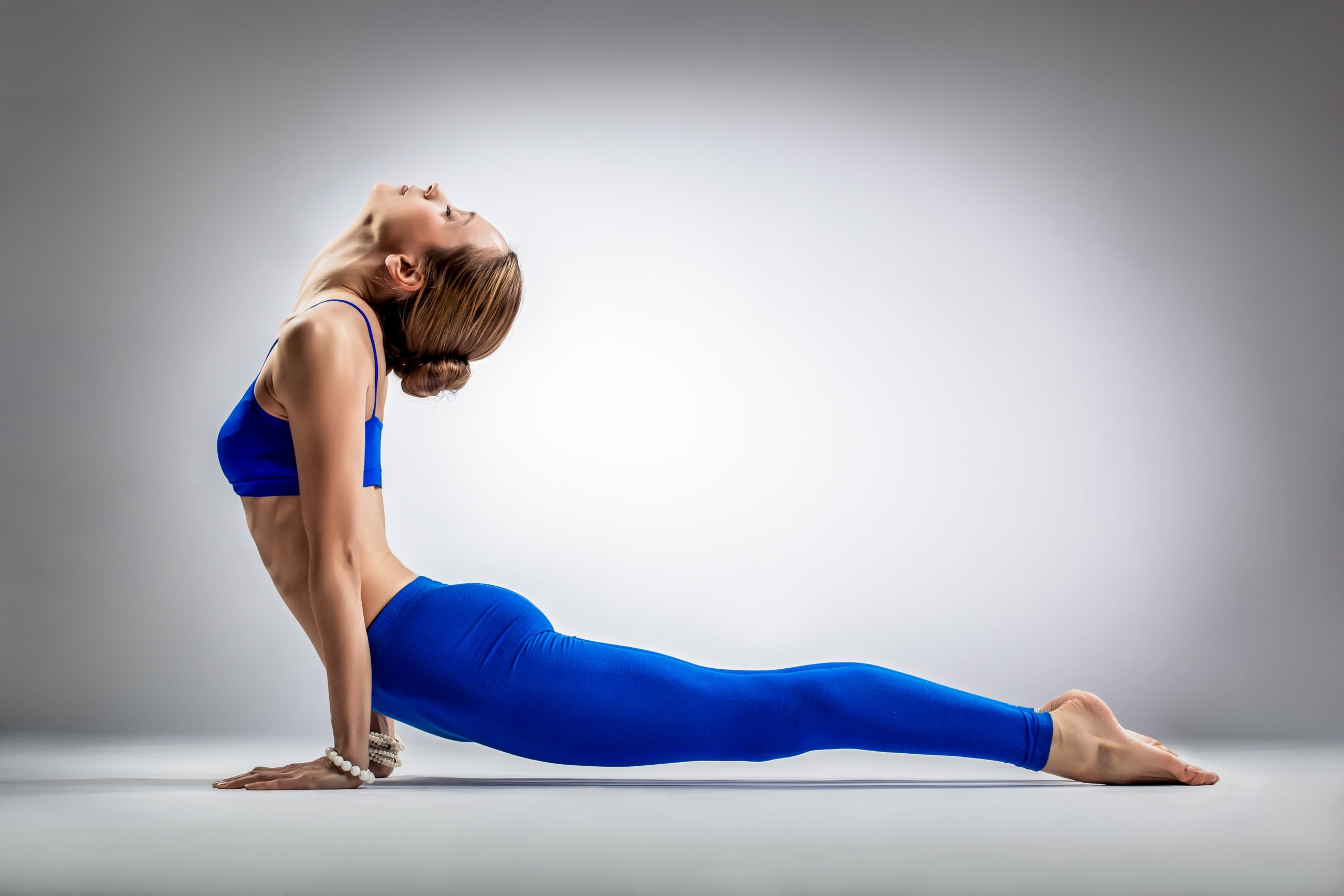
Exercise for High Blood Pressure
High blood pressure can often a sign that your heart is struggling to pump blood through its arteries (that is why it is pushing harder to compensate).
This extra exertion however is not a good thing and over time, can lead to ongoing issues and an overall increase in the risk of a heart attack or stroke.
Heart health is such an important topic and we want to avoid heart disease so that we can live longer and fuller lives. Exercise is one piece of the puzzle and this article gives you a few exercises that could help in your journey to lower your blood pressure and improve heart health.
Exercise For High Blood Pressure
While you can control high blood pressure by reducing stress, avoiding sodium intake and eating healthy- exercise is yet another defining activity that can help you get on top of your blood pressure.
The idea behind exercising to reduce blood pressure is pretty simple – When you indulge in regular physical activity, your heart gets stronger and more efficient at distributing blood around the body and your lungs get more efficient at exchanging oxygen and carbon dioxide.
In a simplistic sense, since a stronger heart will be pumping more blood with relatively lesser effort, the force required will be significantly less on your arteries, which in turn can reduce your overall blood pressure.
With regular exercise, it’s not uncommon for patients to have their exorbitant amounts of medication reduced over time. In fact, exercising can also assist you when your blood pressure is normal. And of course, regular exercise will help you maintain healthier weight, which is yet another viable way to control your blood pressure.
That all being said, it is really important to exercise regularly, if you’re looking to keep your blood pressure consistently low. So whether you have moderately high to high-risk blood pressure issues, or no issues at all, consider exercising regularly!
Best Exercise For Blood Pressure
Firstly, it’s important to get started on a fitness program with the help of a fitness instructor first if you’ve not done exercise for a while. You want to make sure your exercise is safe and appropriate for your health condition.
1. Cardiovascular Exercise (Cardio):

Any exercise that raises your heart rate higher than usual is extremely beneficial, as it leads to the expanding of blood vessels, which leads to better circulation, which should in the long term help decrease blood pressure.
Also known as cardio, aerobic exercises are one of the best ways to reduce blood pressure.
You can start goign to the gym, or even try team sports, walking, running or even swimming as part of your aerobic exercise routine.
If you’re struggling for time on a given day, you can try parking further away from your destination so that you have to walk further or you can take the stairs over an escalator or elevator. All these little things add up!
When performing exercise, make sure to maintain at least moderate intensity for the best results. Try at least 150 minutes of these exercises every week for the best results. But remember – anything is better than nothing!
2. Weightlifting/Resistance Training:

The second main way to decrease blood pressure is to engage in resistance training. The more strain you put on your muscles, the more your body is forced to pump more blood to them. This process helps strengthen and enlarge capillaries which leads to increased circulation and thus lowered blood pressure.
3. Yoga/Intensive Stretching Routine:

The third way that is also quite effective is to stretch the muscle so that it becomes more elastic and stretches it’s outer fascia casing. The stretch response to the body causes extra blood flow to circulate to the stretched area which over time will lead to better circulation overall and thus decreased blood flow. Another bonus with yoga is that they focus on breathwork, which has been shown to help increase the rate of blood-flow throughout the entire body. Yoga is also a great way to de-stress!
Extra Bonus Tip: Nutrition
Now while these exercises are great and will most definitely help you in your journey to decrease blood pressure, it does not solve the root of the problem.
Most blood pressure problems do not come from a lack of exercise alone, but rather combined with lack of dietary awareness. There are many foods that can help to reduce blood pressure, but what is even more important is the food you don’t eat. What we’re mainly talking about here largely is food high in saturated fat. It has been shown that a diet with a high level of saturated fat can cause a range of heart-related issues. This effect of high fat food intake over time is that it can essentially clog up your arteries, which we know to be one of the leading causes of high blood pressure.
Conclusion:
High blood pressure can be a pain (sometimes quite literally) but these exercises and health tips should get you well on your way to improved blood pressure and it is strongly advised you follow the advice of avoiding saturated fat. Regular exercise and improving diet are a powerful combination in restoring a healthy level of blood pressure.
When starting any new diet or nutritional program, we recommend that you seek the advice and support of a qualified professional to ensure that it is suitable for you and your individual circumstances.




